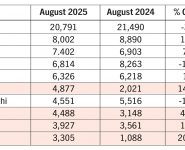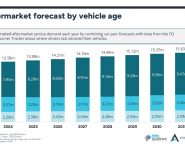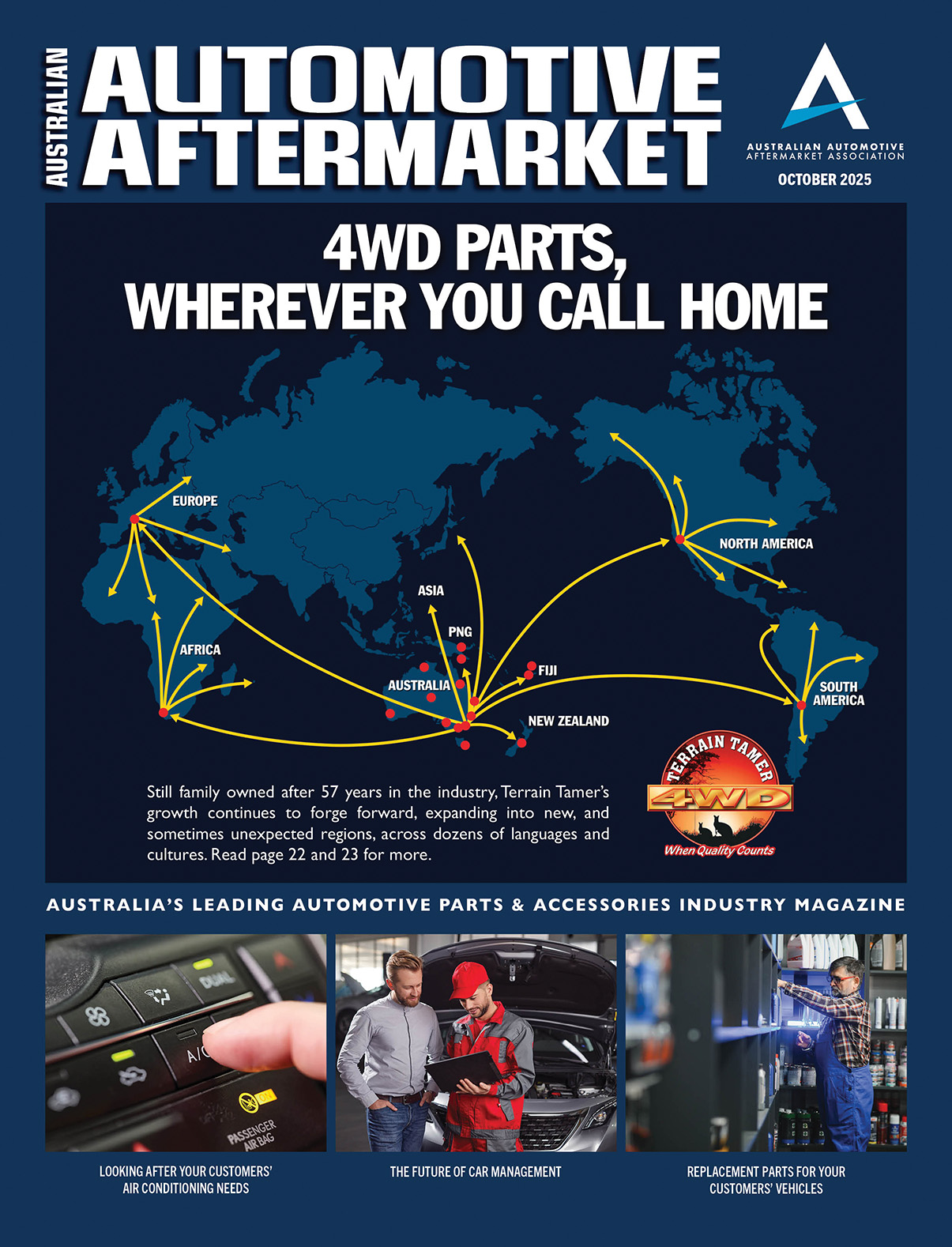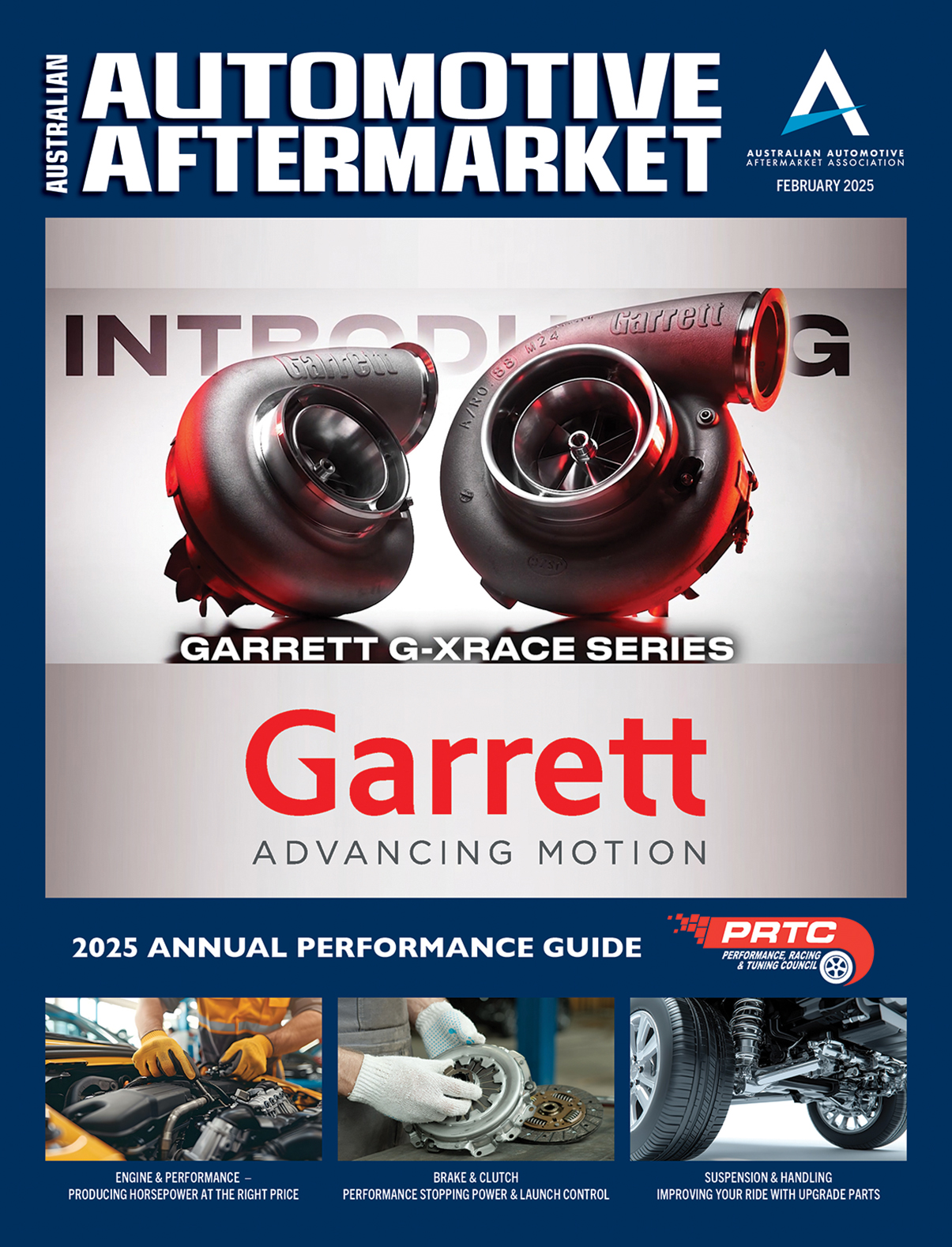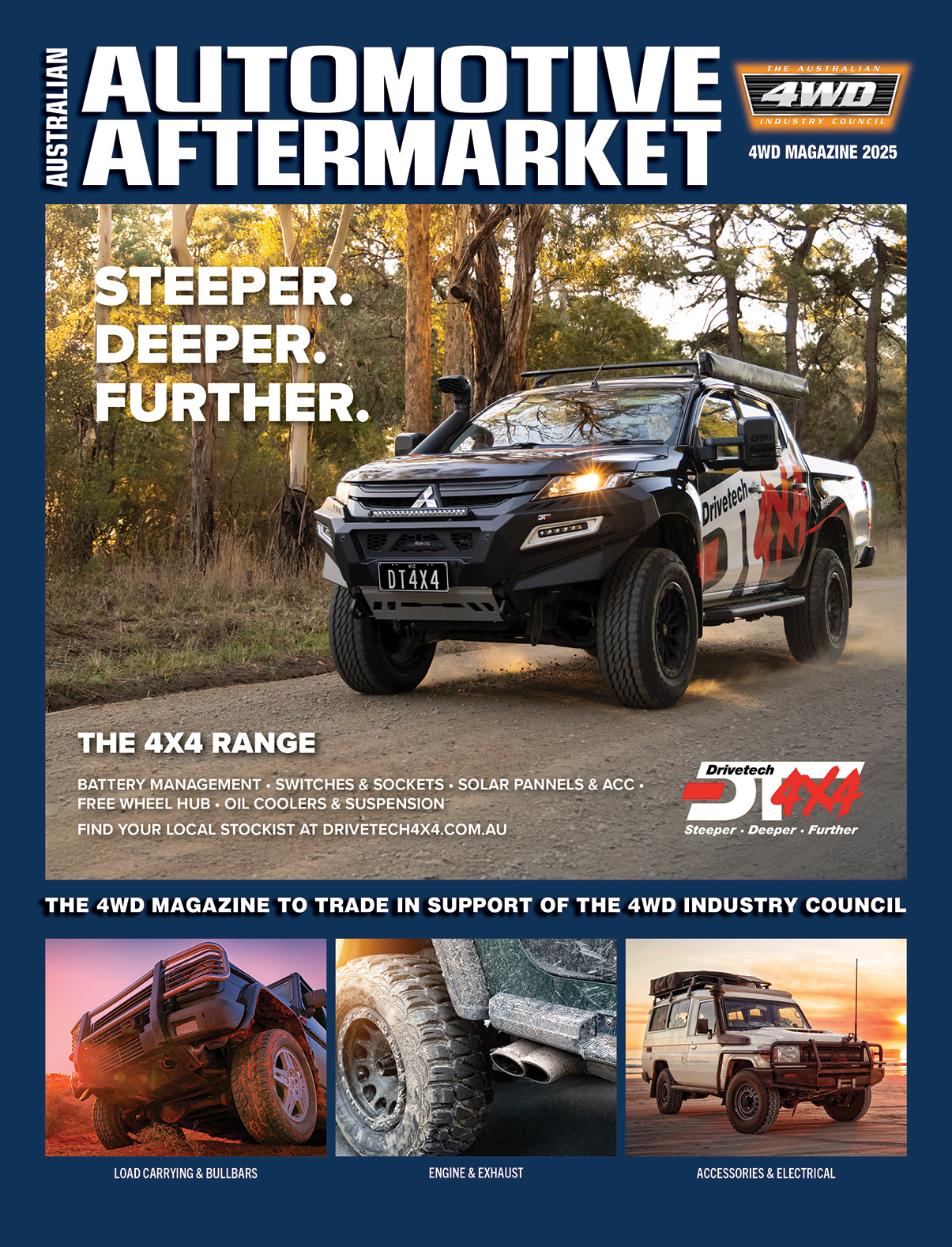ARE WE OVERREVVING THE EV HYPE?
Fifth Quadrant takes a look at why smart aftermarket decisions start with your local market
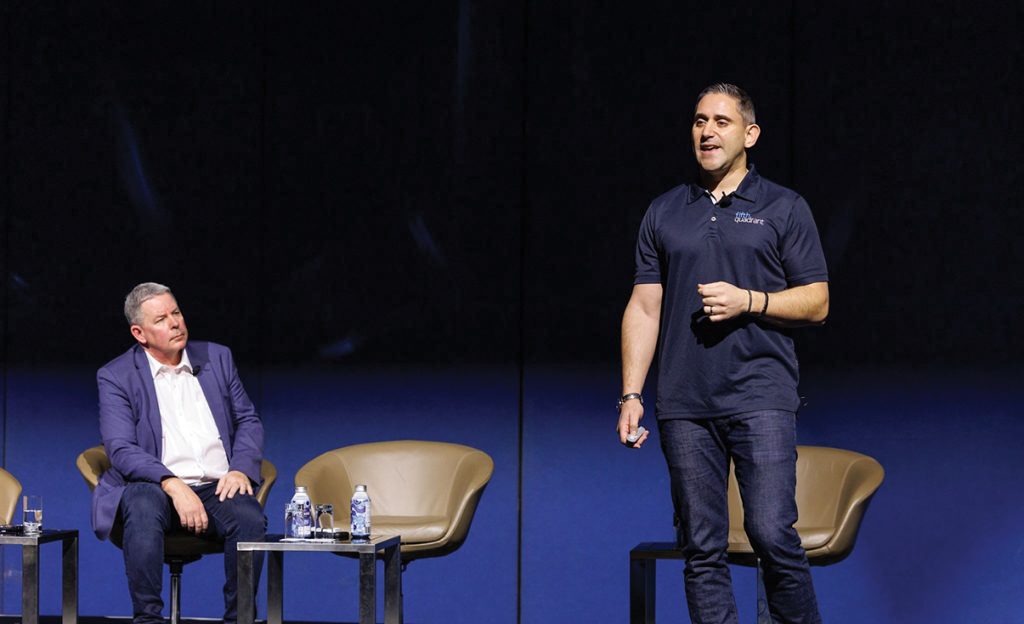
Spend five minutes on a trade show floor, and you’d think the aftermarket had already gone fully electric.
EVs dominate the conversation, driven by government policy, OEM marketing, and media noise. But when you look at the data, a more grounded reality emerges.
At Autocare 2025, we asked a simple question: are we overhyping EVs?
Let’s start with the facts. Battery electric vehicles currently account for just two percent of the Australian car parc.
As it currently stands, we are forecasting that they will reach seven percent by 2030 (with another three percent being Plug-In Hybrid).
That still leaves petrol and hybrid drivetrains making up the vast majority of vehicles on the road, and in your workshop, for the next decade.
What does this mean for aftermarket businesses?
It means a blanket “go electric or go home” mindset isn’t just unhelpful, it’s potentially damaging.
Servicing EVs isn’t a binary choice, it is a commercial decision. And the right answer depends entirely on where you are, who your customers are, and what kind of business you want to run.
In the latest AAAA research study, we identified three core segments of workshop operators:
• Leaders (21 percent) – already investing in EVs, ADAS and advanced diagnostics. Typically, metro-based, larger in scale, and more likely to see EVs in their bays today.
• Developing (59 percent) – focused on the here and now. Investing in tools and people, but cautious on EVs until demand is more visible.
• Foundational (20 percent) – smaller, often regional, businesses working hard to stay viable. Limited headroom for investment and, in most cases, little current relevance for EVs.
They are clearly likely to have vastly different approaches to electric vehicles. And here’s the key point: all of those strategies are valid.
For some, there’s a clear and present case to build EV capability today. For others, the smart play is to keep an eye on market shifts, but wait until the business case makes sense.
Even within ‘Leader’ workshops, we’re not seeing wholesale reinvention. Just 26 percent feel that their technicians are well prepared to service these vehicles, with others still investing in tools, training and equipment. Many still outsource electrical work.
What we’re seeing is selective capability-building, adding battery conditioning, scan tools, or basic ZLEV safety procedures, not full-service EV transformations.
This doesn’t mean inaction. It means measured action. Think about:
• Your local parc. What’s selling in your postcode?
• Your services. What EV-adjacent work can you credibly offer today?
• Your upskilling plans. What training or tooling keeps your team future-ready without stretching the business?
Make no mistake, the volume is coming. In 2030 alone, 377,000 battery electric vehicles are forecast to be sold.
Based on today’s servicing patterns, around one in three will enter the aftermarket within just three years. That means by the early 2030s, more than 100,000 new EVs will be looking for servicing outside the dealership network.
For the right workshop in the right location, that’s not just a statistic, it’s a clear opportunity.
But right now, the real opportunity for the aftermarket isn’t about jumping on the hype, it is about making deliberate, commercially sound decisions that keep your business strong today and ready for what’s next.
Don’t get caught up in the volume of the conversation. Focus on the substance. Because in the end, strategy, not noise, is what drives long-term success.
This column was prepared for AAA Magazine by Fifth Quadrant, the AAAA’s partners in the AAAA Aftermarket Dashboard which is delivered to AAAA members each quarter.
For more information about their services, visit www.fifthquadrant.com.au or contact Ben Selwyn on ben@fifthquadrant.com.au


